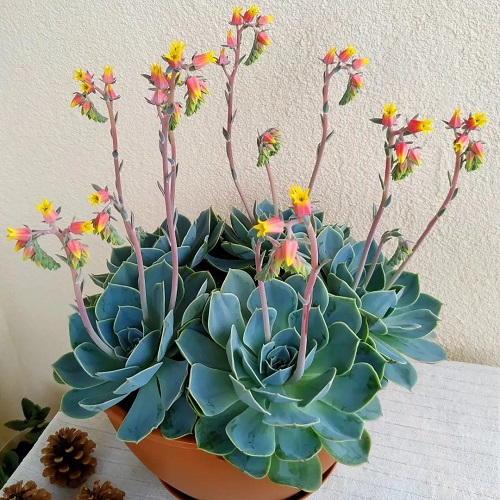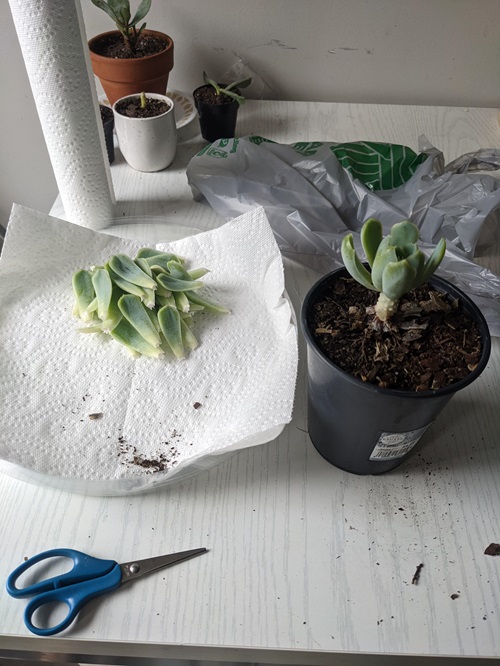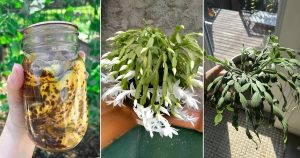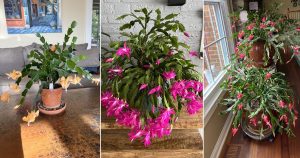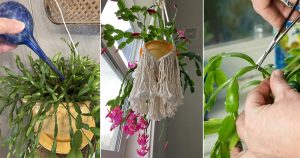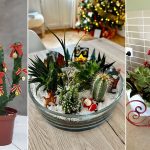Learn how to grow and care for Echeveria elegans and include this low-maintenance succulent in your plant collection.
If you are a busy gardener and want an easy to maintain option, then Echeveria elegans fits the role perfectly. Its fleshy rosette foliage makes it perfect as a ground cover and also as a stand-alone plant in pots.
Echeveria elegans – Key Facts
| Name | Echeveria elegans |
| Common Names | Mexican Hens and Chicks, Mexican Ghost Plant, Mexican Snowball, White Mexican Rose. |
| Origin | Northeastern Mexico |
| Growth Rate | Slow |
| Indoor/ Outdoor | Both |
| Soil | Well-drained soil |
| Temperature | Not lower than 50°F (10°C) at night |
| Watering | Not much but when the soil dry out completely |
| Sunlight | 4-6 hours of direct sunlight |
| Flowers | Orange, red, pink, yellow, or white flowers |
| Blooming Season | Late winter to mid-summer |
Echeveria Elegans Plant Information
Echeveria Elegans is loved for its compact size and rosette shape. This combination makes it well-suited for small spaces and tabletops. Echeveria elegans has fleshy spoon-shaped foliage that looks beautiful in contemporary rock gardens and as a potted plant. If you give it an ideal growing condition, you can witness its amazing red-pink flowers from late winter to mid-summer.
There are four types of Echeveria elegans i.e. ‘Alba’ shows off pale green leaves that turn peachy-pink, ‘Hyaliana’ features rosettes that go from green to pink and purple, ‘Raspberry’ has small blue-green leaves with a white coating, and ‘Super Clone’ boasts larger, olive to white leaves with big flowers.
If you have just started your gardening hobby, this low-maintenance plant is perfect for you. It won’t mind neglect or lack of water for weeks, but proper care is a must if you want to keep it in top shape.
Echeveria Elegans Propagation
The best propagation method for Echeveria elegans is leaf cuttings. Here is how to propagate this plant using this method.
Start by selecting a mature, healthy leaf from the parent plant that is free from disease. The next step is to detach the leaf from the parent plant, which involves twisting the leaf from the stem. Be gentle so that it comes off without damaging the plant.
Let the leaf callus for a few days to reduce the risk of rot. Once that process is done, place the leaf in well-draining soil and water it to keep the soil moist. With enough care, you will see a new leaf bud grow from the base of this leaf. As it grows a few inches tall, transplant it to a new pot and care for it accordingly.
Pot Size for Echeveria Elegans
For a mature plant, you should get a pot that is 6-8 inches in diameter and about the same depth. As your plant grows, you will have to re-pot it to a larger pot that accommodates the root ball nicely. For Echeveria, you must re-pot it in about 2-3 years.
Echeveria elegans grows best when it is slightly pot-bound, so ensure you choose the pot accordingly and do not give it an oversized pot. You can select pots made from materials like ceramic, concrete, and terracotta; just ensure that these have drainage holes.
Requirements for Growing Echeveria Elegans
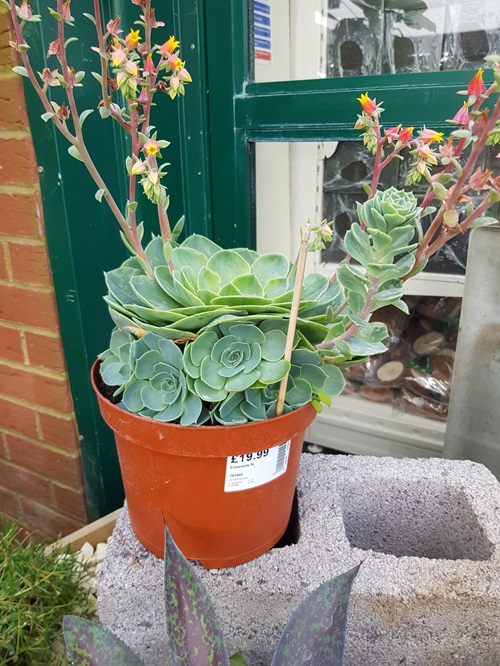
Sunlight
You should choose a spot that receives at least 4-6 hours of direct sunlight. To ensure proper light, you can set your Echeveria on a south-facing window. These plants don’t do well in low light, so make sure that the area you place your plant in is well-lit.
Soil
Generally, you can get a normal, well-draining potting mix for Echeveria Elegans. However, if you want it to be in the best shape, get a cactus potting mix that is well-suited for this plant. You can also amend your potting mix and make it better by adding perlite and coarse sand. This potting mix combination is perfect for good drainage, which will keep your plant from getting waterlogged.
Watering
Although you can be a bit careless when it comes to watering this plant, nevertheless watering is an important care practice. You should water this plant thoroughly but ensure that it should be infrequent which allows the soil to dry in between. As a thumb rule you can water it once every one or two weeks.
Temperature and Humidity
Echeveria Elegans thrives in warm temperatures and low-humidity environments. The temperature should not go lower than 50°F (10°C) at night. This plant can tolerate higher temperatures if you give adequate shade and ventilation but is sensitive to hard frost, so don’t let the temperature go beyond 23F (-5C)
Give it low humidity levels, which mimics its natural arid habitat. High humidity can lead to issues like fungal infections and rot, so it’s important to provide good air circulation, especially indoors. If grown indoors, keep Echeveria Elegans in a well-ventilated area away from humidifiers and moisture-prone areas like bathrooms and kitchens.
Caring For Echeveria elegans
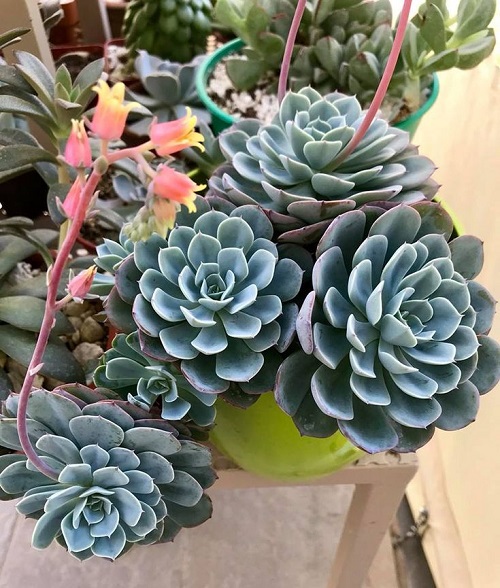
Fertilizer
As already mentioned, Echeveria is an easy-to-care-for plant, and when it comes to fertilizers, they are forgiving, too. You can fertilize these succulents in early winter or summer with a slow-release organic fertilizer. They can do well without additional nitrogen or phosphate, so you can select some fertilizer with less nitrogen or phosphate.
Pests and Diseases
Echeveria elegans is a hardy plant, but it can be affected by pests such as aphids, mealybugs, and vine weevils. To control these pests, ensure regular inspection and treatment with insecticidal soap or neem oil.
Generally Echeveria is free from diseases but sometimes, this plant can be prone to common diseases, including root rot, caused by overwatering, and powdery mildew, a white fungus that thrives in high humidity. Prevent these issues by ensuring good drainage, and adequate air circulation.
Echeveria elegans is tough as nails, thriving even if you occasionally forget to water it. Do try to grow it and share your experiences and stories with us in the comments!

